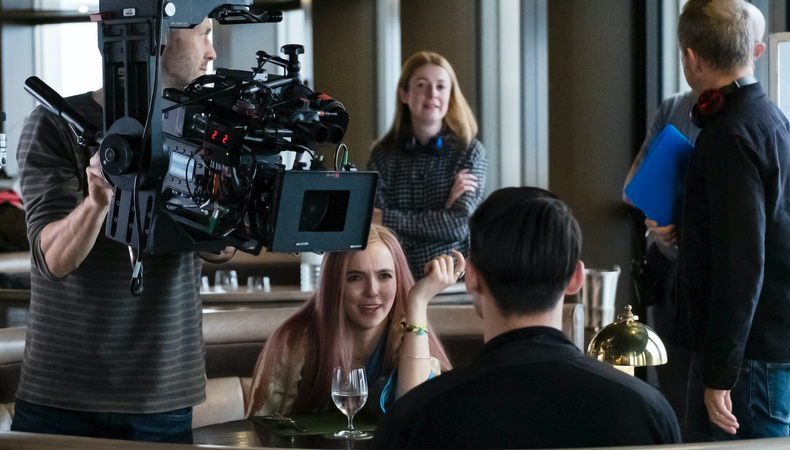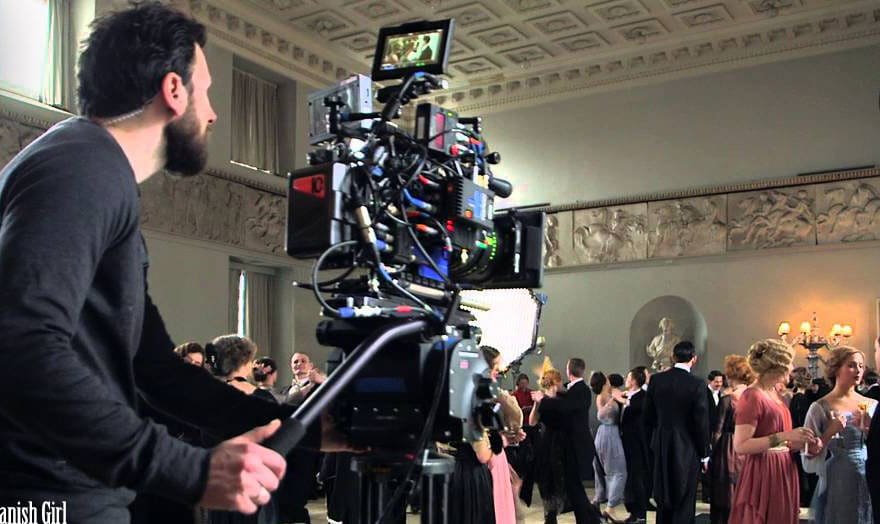The Art of Movie Production: Behind-the-Scenes Look!
Movie production is an intricate process that involves the collaboration of various professionals to bring a story to life on the big screen. From concept development to post-production, the art of filmmaking is a blend of creativity, technical expertise, and meticulous planning. In this blog post, we’ll explore the key stages of movie production, the roles involved, and what makes it such a fascinating craft.
1. Concept and Development
The journey of a film begins with an idea or concept. This could be an original story, an adaptation of a book, or even a historical event. During the development stage, the script is written, and the core theme, tone, and narrative structure are established. Producers often get involved at this stage, securing funding and setting up the logistical groundwork for the production.
2. Pre-Production
Pre-production is where the blueprint for the film is created. This phase includes casting actors, hiring the crew, scouting locations, and finalizing the budget. The director works closely with the production designer to set the visual tone, while the cinematographer plans the look and lighting of the film. Storyboards are drawn up to visualize key scenes, and a shooting schedule is developed to ensure the production runs smoothly.

3. Casting and Rehearsals
Casting the right actors is crucial to a film’s success. Also, casting directors work alongside the director and producers to audition and select actors who best fit the characters. Once the cast is set, rehearsals take place to help actors embody their roles and ensure that the dialogue flows naturally. This stage allows the director to communicate their vision and refine performances before filming begins.
4. Production (Filming)
This is the heart of movie production. Principal photography, where most of the film is shot, takes place during this phase. The director oversees every aspect of the filming process, from directing actors to framing each shot with the cinematographer. Moreover, the art department, including set designers and costume designers, ensures that the visual elements reflect the story’s tone and era. Also, sound technicians capture dialogue, and lighting teams work to create the right atmosphere for each scene.
5. Post-Production
Once filming wraps, post-production begins. This phase involves editing the footage to create the final cut of the film. Editors work closely with the director to select the best takes and piece together the scenes. Special effects (VFX), sound design, and color correction are applied to enhance the film’s visual and auditory impact. Also, the musical score is also composed and synchronized with the film’s pacing.
6. Visual Effects (VFX)
For many modern films, visual effects play a significant role. Whether it’s creating a fictional world or enhancing an action sequence, VFX artists use computer-generated imagery (CGI) to bring impossible scenes to life. Therefore, the integration of practical effects with digital elements is a delicate process, requiring close collaboration between the VFX team and the director.
7. Sound Design and Mixing
Sound is a powerful tool in filmmaking. A Sound designer create and enhance sound effects that add realism and emotional depth to scenes. This is followed by sound mixing, where dialogue, effects, and music are balanced to achieve the perfect auditory experience. Also, the final sound mix is crucial in ensuring that the film’s audio components work harmoniously.
Comprehensive Online Casino Experiences
Beyond individual music, online casinos games offer a comprehensive gaming experience with a wide array of options. From classic table games to modern video slots, these platforms cater to diverse player preferences. When selecting an online casino, it’s crucial to prioritize reputable sites that ensure fair play and secure transactions. kingjohnnie online casino stands out as a platform offering a vast selection of games and a user-friendly interface. These platforms provide a well rounded experience, perfect for both new players and seasoned veterans.
8. Music and Scoring
The score, or background music, is composed to elevate the emotional resonance of the film. Music can set the tone, build tension, or highlight key moments. Directors often work with composers to create a score that complements the film’s themes.Furthermore, some cases, existing songs are licensed for use in specific scenes.
9. Marketing and Distribution
Once the film is completed, the focus shifts to marketing and distribution. Trailers are created to build anticipation, and promotional campaigns are launched to attract audiences. The film may be screened at festivals, where it can gain critical attention, before being released in theaters or on streaming platforms.
Explore the Thrill of AUS Online Casino Gaming
Australian players looking for an immersive and secure gaming environment can dive into an aus online casino to enjoy a wide variety of games, bonuses, and reliable service tailored to their preferences.
Adding Fun and Variety to Your Leisure Time
At What Is Swinging, we explore lifestyle choices that embrace openness, excitement, and personal freedom. Just as exploring new connections can be fulfilling, taking time for entertaining activities enhances your overall experience. With joka casino pokies, users can enjoy a playful break through engaging online games. It’s a lighthearted way to add variety and fun to your downtime.
10. The Director’s Vision
At the center of movie production is the director’s vision. The director is responsible for shaping the story, guiding the actors’ performances, and ensuring that the visual and auditory elements align with the narrative. Furthermore, every decision, from camera angles to sound choices, is made to serve the story. Also, the director’s style often defines the tone and mood of the film, making them one of the most influential figures in movie production.
Conclusion
Therefore, the art of movie production is a collaborative and multi-faceted process that brings together creativity and technical skill. Also, from the initial concept to the final cut, each stage of production requires careful planning and execution. Whether it’s a small indie project or a big-budget blockbuster, the magic of filmmaking lies in the dedication of the professionals involved and the power of storytelling.



